How To Fix Camera Stand ?
To fix a camera stand, you can try the following steps:
1. Check for loose or broken parts: Inspect the stand for any loose screws, bolts, or other components. Tighten or replace them as necessary.
2. Lubricate moving parts: If the stand has adjustable parts or joints that are stiff or difficult to move, apply a small amount of lubricant to improve their functionality.
3. Adjust the legs: Ensure that the legs of the stand are properly aligned and securely locked in place. Adjust the height and angle as needed.
4. Clean the stand: Remove any dirt, dust, or debris from the stand using a soft cloth or brush. This will help prevent any potential issues caused by buildup.
5. Test stability: Set up the stand and place your camera on it. Check if it remains stable and doesn't wobble or tilt. If stability is an issue, consider using additional support or replacing the stand if necessary.
Remember to consult the manufacturer's instructions or seek professional assistance if you encounter any difficulties or if the stand requires more complex repairs.
1、 Adjusting the tripod legs for stability
To fix a camera stand, one of the most common issues is adjusting the tripod legs for stability. Here's a step-by-step guide on how to do it:
1. Start by extending the tripod legs fully. Make sure all the leg locks are securely tightened to prevent any wobbling or movement.
2. Check if the ground is level. Uneven surfaces can cause instability. If needed, use a bubble level or a smartphone app to ensure the tripod is on a flat surface.
3. Adjust the leg angles. Most tripods have adjustable leg angles to accommodate different shooting conditions. Spread the legs wider for added stability on uneven terrain or bring them closer together for a lower shooting angle.
4. If your tripod has a center column, make sure it is fully extended and locked in place. This will provide additional height and stability to the camera stand.
5. Attach the camera securely to the tripod head. Ensure that the camera is properly balanced and tightened to prevent any accidental movement.
6. Avoid extending the center column too high. The higher the center column, the less stable the tripod becomes. If you need more height, consider using a taller tripod or a monopod for added stability.
7. Use a tripod weight hook if available. Some tripods have a hook at the bottom of the center column where you can hang a bag or weight to increase stability, especially in windy conditions.
From a latest point of view, advancements in tripod technology have led to the development of more stable and lightweight options. Carbon fiber tripods, for example, offer excellent stability while being lighter than traditional aluminum tripods. Additionally, some tripods now come with built-in stabilizers or features like retractable spikes for added stability on various surfaces.
Remember, proper maintenance is crucial for the longevity of your camera stand. Regularly check for loose screws or damaged parts and clean the tripod after use, especially if shooting in sandy or muddy environments. By following these steps and keeping up with the latest tripod innovations, you can ensure a stable and reliable camera stand for your photography needs.
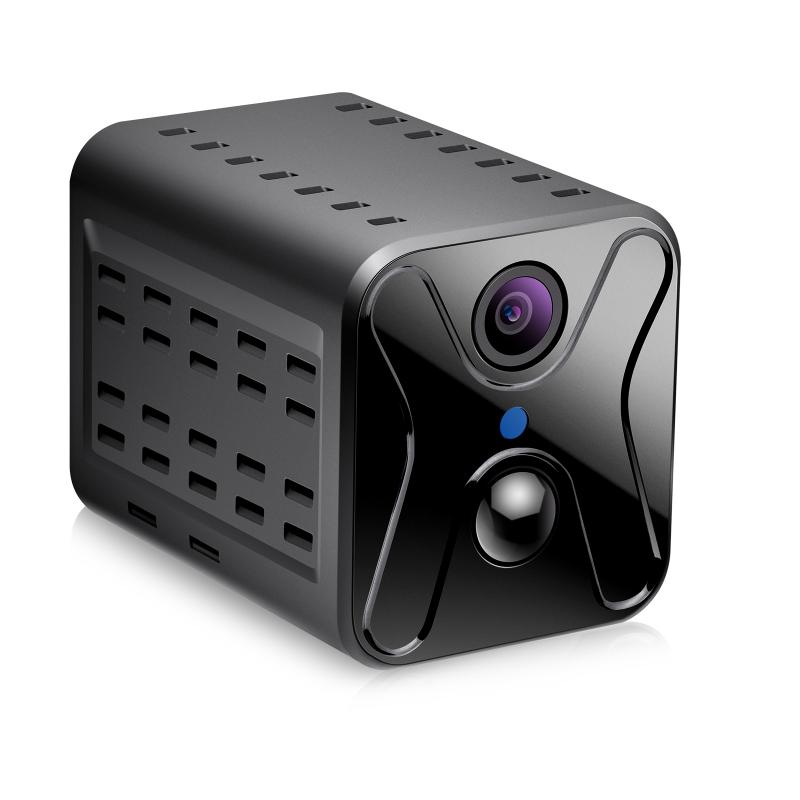
2、 Tightening loose screws or knobs
To fix a camera stand, one of the most common issues is tightening loose screws or knobs. Over time, the constant use and movement of the stand can cause these components to become loose, affecting the stability and functionality of the stand. Fortunately, this problem can be easily resolved with a few simple steps.
First, identify the loose screws or knobs on the camera stand. Use a screwdriver or an appropriate tool to tighten them. Make sure not to overtighten, as this can cause damage to the stand or strip the screws.
If the screws or knobs are still loose after tightening, you may need to consider using a thread-locking adhesive. This adhesive is designed to prevent screws from loosening due to vibrations or movement. Apply a small amount of the adhesive to the threads of the screws or knobs and then tighten them securely. Allow the adhesive to dry according to the manufacturer's instructions before using the camera stand.
Additionally, it is important to regularly inspect and maintain the camera stand to prevent future issues. Check for any signs of wear or damage, such as cracks or bent parts, and replace them if necessary. Lubricate any moving parts, such as hinges or joints, to ensure smooth operation.
In the latest point of view, advancements in camera stand technology have led to the development of more durable and stable stands. Some newer models feature locking mechanisms that automatically tighten screws or knobs, reducing the need for manual adjustments. These stands also often come with built-in level indicators and adjustable legs for added convenience and stability.
In conclusion, fixing a camera stand can often be as simple as tightening loose screws or knobs. Regular maintenance and inspection are crucial to prevent future issues and ensure the longevity of the stand. With the latest advancements in camera stand technology, photographers now have access to more reliable and user-friendly options.
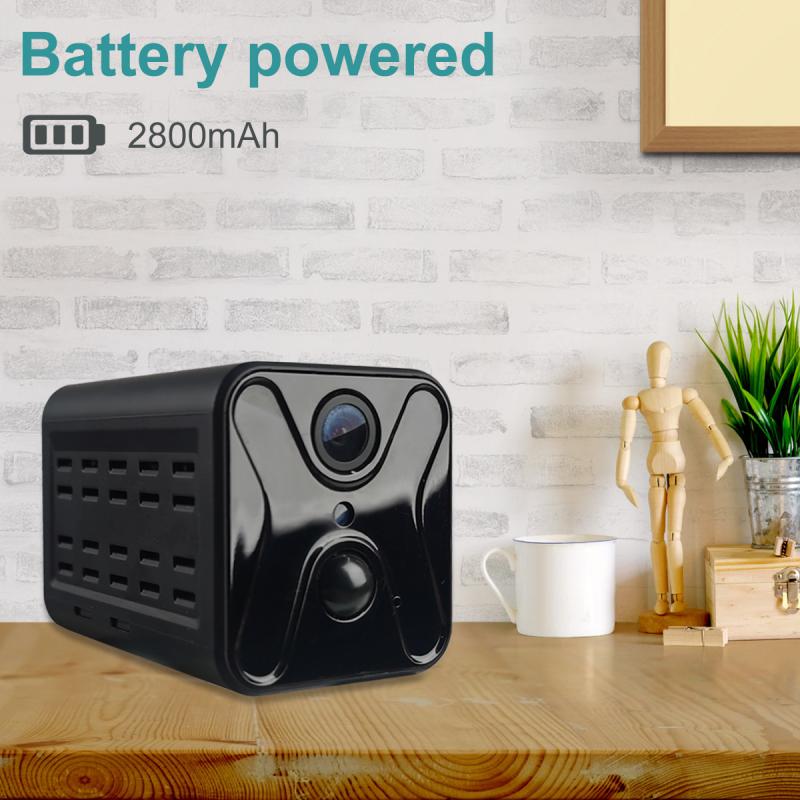
3、 Replacing damaged or worn-out parts
To fix a camera stand, the first step is to identify the specific issue with the stand. Common problems include loose joints, broken knobs, or damaged legs. Once the problem is identified, there are several steps you can take to fix it.
One of the most effective ways to fix a camera stand is by replacing damaged or worn-out parts. This may involve purchasing replacement parts from the manufacturer or a third-party supplier. For example, if the stand has a loose joint, you can replace the joint with a new one to ensure stability. Similarly, if a knob is broken, you can replace it with a new one to regain control over the stand's movements.
When replacing parts, it is important to ensure compatibility with the specific camera stand model. Consult the manufacturer's website or contact their customer support for guidance on finding the correct replacement parts.
Additionally, it is worth considering the latest advancements in camera stand technology. Manufacturers are constantly improving their products to meet the evolving needs of photographers. Therefore, it may be beneficial to explore newer models that offer enhanced features such as improved stability, easier adjustment mechanisms, or lightweight materials.
In conclusion, fixing a camera stand involves identifying the issue and replacing damaged or worn-out parts. By staying up-to-date with the latest advancements in camera stand technology, photographers can ensure they have a reliable and efficient tool for capturing their shots.

4、 Cleaning and maintaining the camera stand
Cleaning and maintaining the camera stand is essential to ensure its longevity and optimal performance. Here are some steps on how to clean and maintain your camera stand:
1. Start by removing any dust or debris from the stand using a soft brush or cloth. Pay attention to the joints and moving parts, as these areas tend to accumulate more dirt.
2. Use a mild cleaning solution or lens cleaner to wipe down the stand. Avoid using harsh chemicals or abrasive materials that could damage the surface. Be sure to follow the manufacturer's instructions for any specific cleaning products.
3. Inspect the stand for any signs of wear or damage. Check the screws, knobs, and joints to ensure they are tight and functioning properly. If you notice any loose or broken parts, consider replacing them to maintain stability and safety.
4. Lubricate the moving parts of the stand with a silicone-based lubricant. This will help to keep the stand smooth and prevent any squeaking or sticking. Be cautious not to over-lubricate, as excess lubricant can attract dust and dirt.
5. Store the camera stand in a clean and dry environment when not in use. Avoid exposing it to extreme temperatures or humidity, as this can cause damage over time.
6. Regularly inspect and clean the camera mount or plate. Ensure that it is securely attached and free from any dirt or debris that could affect the stability of your camera.
7. Lastly, consider investing in a protective case or bag for your camera stand to prevent any accidental damage during transportation or storage.
By following these steps, you can ensure that your camera stand remains in good condition and functions properly for years to come. Regular cleaning and maintenance will not only extend its lifespan but also contribute to better quality photographs and videos.
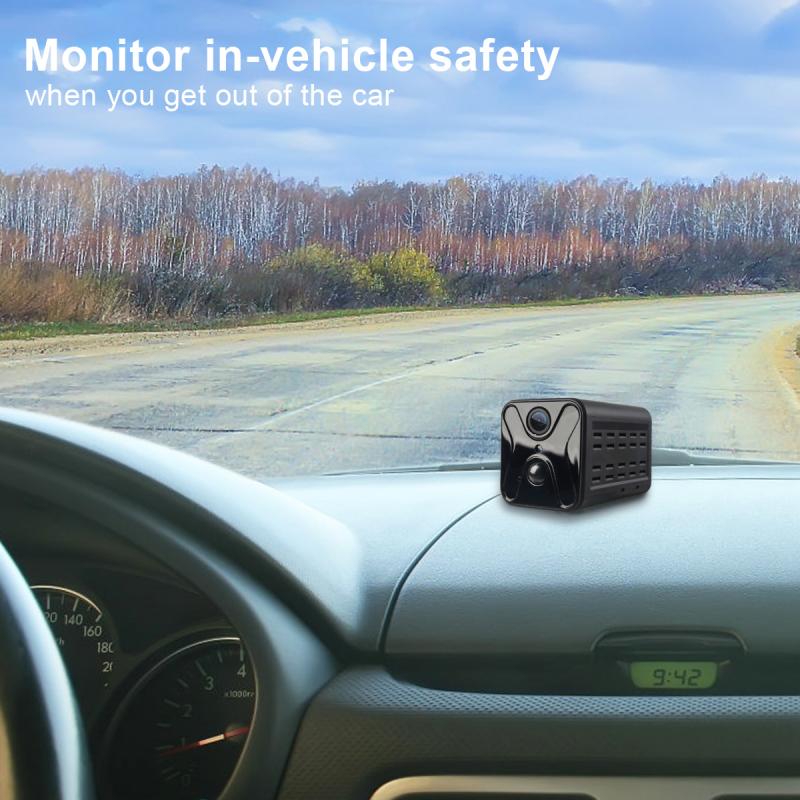









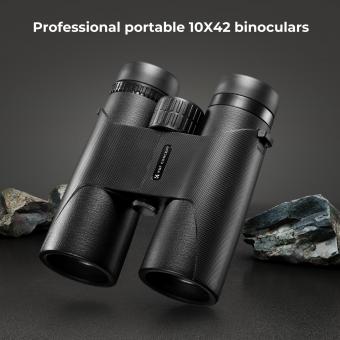
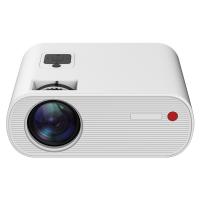

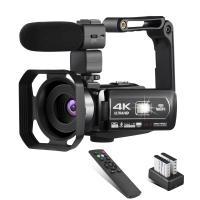


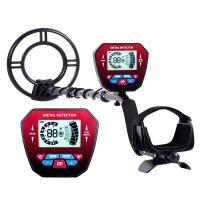



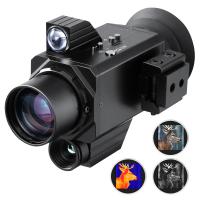

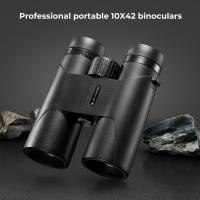


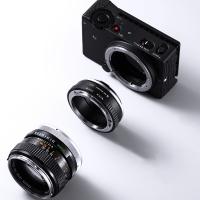


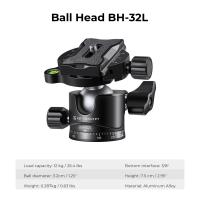
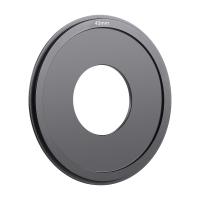
There are no comments for this blog.